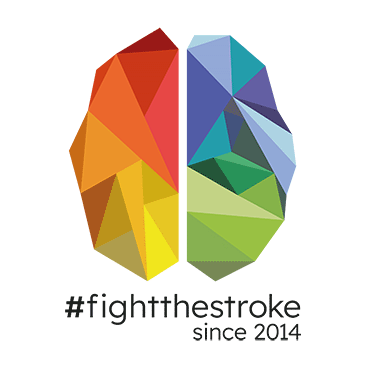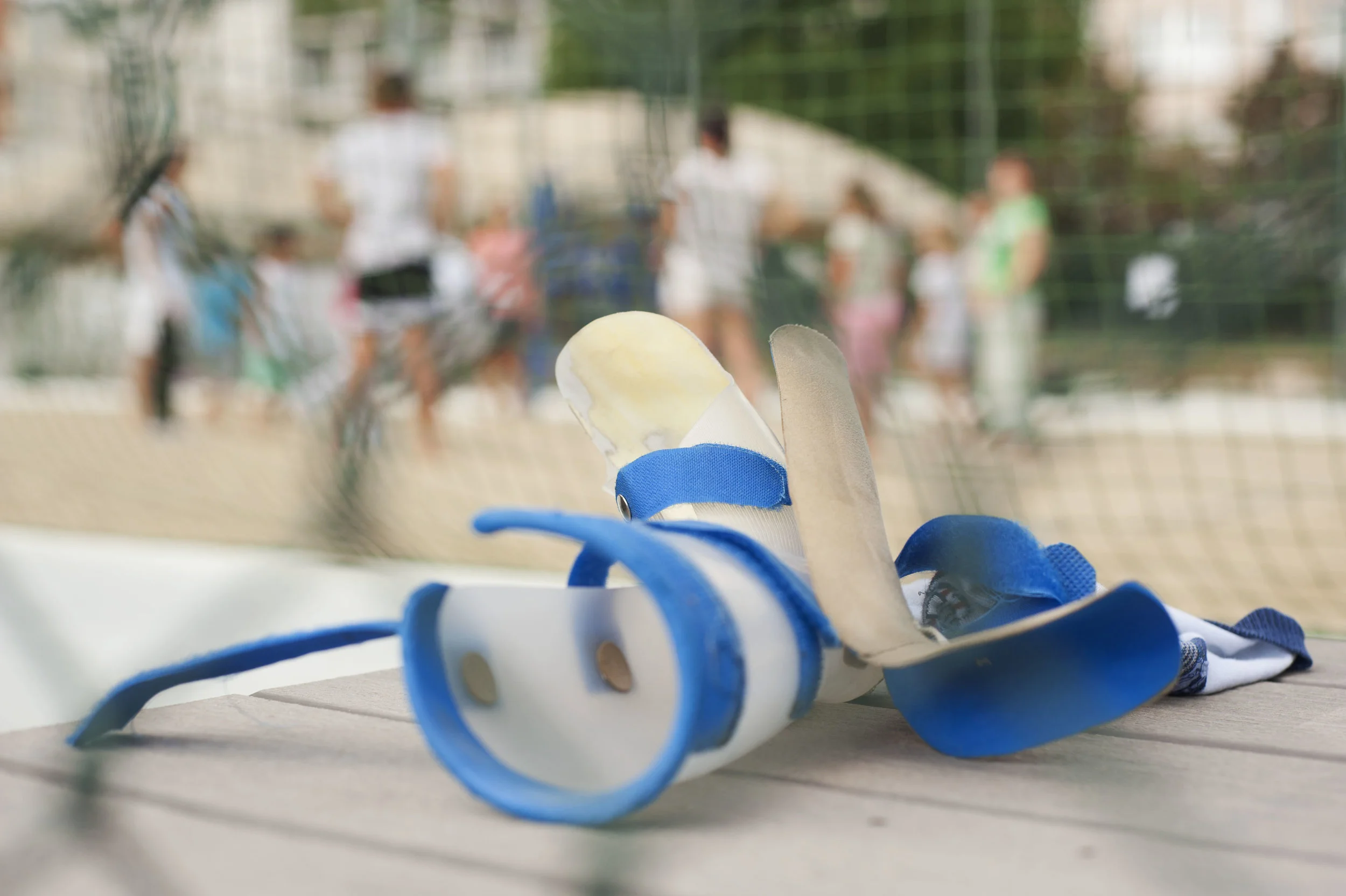There are projects to which we devote our best energies and that we want to continue to invest, but today they are still at a prototypical stage or at the beginning of their journey: this is the meaning of MIRROR-LABS, contact us if you also have an idea that can improve the lives of young stroke survivors with a disability of Cerebral Palsy.
ACCEPT: from March 2020 we’ve been working on the development of the #accept project, an adapted and sensorized climbing wall to rehabilitate, measure and include children with cerebral palsy. Winner of the Bando Polisocial 2019, Accept is a project supported with funds from the 5x1000 of the Politecnico di Milano and with the aim of promoting the responsible and multidisciplinary nature of research and an effective involvement of local partners on projects with a high social content. More information here: http://www.polisocial.polimi.it/it/award/ and here: https://accept.polimi.it/
BOT-TOM: in collaboration with https://mondora.com, BOT-TOM is the first chatbot built from the bottom to meet the needs of doctor-patient communication in a fast, timely and effective manner. The project involves the use of an artificial intelligence system to read the history of the various patient-medical conversations and 'train' the bot to provide information of first emergency. New product name is ‘Dott.ssa Marta’. More information on https://www.FightTheStroke.org/bottom
CARE PATHWAY: Fightthestroke in collaboration with the scientific society of SIMFER (Italian Society of Physical Medicine and Rehabilitation), as part of an inter-company work with representatives of SINPIA (Italian Society of Childhood and Adolescence Neuropsychiatry), SIRN (Italian Society for Neurological Rehabilitation), AIFI-GIS (Associazione Italiana Fisioterapisti-Gruppo Interesse Specialistico in Fisioterapia Pediatrica), participates in a work of AACPDM Care Pathway for the updating of the Recommendations for the Rehabilitation of Children with Infant Cerebral Palsy, published in 2011 and revised in 2013. The aim is to arrive at a practical summary of the best evidence on some aspects of care, to improve clinical practice, involving families in needs analysis from the beginning. More information on: https://www.simfer.it/progetto-di-lavoro-care-pathways-nel-trattamento-riabilitativo-della-paralisi-cerebrale-infantile/
WITH TWO HANDS: for those born and growing up with a diagnosis of hemiplegia, the most frequent form of cerebral palsy, they know how much it can be nagging to feel repeated every day the sentence "do it with two hands!": it is from this mantra that kicks off a new line of products thought around the needs of children with a diagnosis of cerebral palsy. Discover here our first products: https://www.FightTheStroke.org/Conduemani
ECOSOC at United Nations: FightTheStroke has a special advisory status recognised by the United Nations Economic and Social Council (ECOSOC https://www.un.org/development/desa/disabilities/conference-of-states-parties-to-the-convention-on-the-rights-of-persons-with-disabilities-2/list-of-non-governmental-organization-accredited-to-the-conference-of-states-parties.html. Membership of this network, as one of the few associations recognized in Italy by the United Nations, offers FightTheStroke the opportunity to expand its global network, share its best practices, bring new knowledge to Europe and Italy and actively participate in the annual Conference of States Parties to the Convention on the Rights of Persons with Disabilities (CRPD) at the UN in New York City, USA.
Engagement Monitor: in collaboration with https://www.engagemindshub.com/, FightTheStroke Participates in a plan of continuous and multilevel research, aimed at generating scientific evidences in favor of a complex and multi-stakeholder evaluation of the experience of Engagement of the chronically ill Italians in their health path and in relationship of this experience with outcome of well-being and individual and collective health.
FTS Ltd.: is an innovative start-up that has as among its objects, mainly, the development, production and marketing of innovative products, services and solutions with high technological value, in the field of care and assistance to individuals with complex neurological disorders, epilepsy or otherwise to typical subjects and those with special needs https://www.FightTheStroke.org/fts
GIOCABILE: launched in 2016, Giocabile is a gaming platform that develops skills while having fun, designed for the needs of children with pediatric neuromotor disabilities in the context of the #projectCREWsupported by the Cariplo Foundation. More details here: https://www.progettocrew.it/codesign/giocabile-un-videogioco-per-tutti-per-divertirsi-e-abilitare?fbclid=IwAR1QaoGYSGq048ZwuBoWDPux1-Z80pEIW_1cn8k6xNUAON4aHgjBm4uEVbw
Health Technology Assessment: we are conducting a pharmacoeconomic analysis that outlines the potential of Mirrorable platform for market entry.
MirrorHR: we are working on the development of an application for Iphone/Apple Watch, designed to monitor lifestyle in young people aged 0-18 years with diagnosis of epilepsy. Based on modern techniques of Inclusive Design, Machine Learning and Natural Language Processing, it allows the complete customization and analysis of habits. More information on https://www.FightTheStroke.org/mirrorhr
Ortho-Align: it’s a line of orthoses for hands and feet that represent a personalized remedy for gradual alignment of the upper and lower limbs. Each single movement improves the motor outcome in a progressive and non-invasive way.
Italian Register for Infantile Cerebral Palsy: FightTheStroke promotes the creation of an epidemiological tool for the analysis of prevalence and care pathways for children with Cerebral Palsy, in accordance with the European guidelines of https://eu-rd-platform.jrc.ec.europa.eu/scpe
RITMO: in collaboration with http://www.comftech.com/we are working on the development of a wearable accessory, unique to date in the textile sensor market and designed to detect heart rate acceleration in young people aged 0-18 years with diagnosis of epilepsy, in which tachycardia may be the first wake-up call for the onset of an epileptic crisis (ref. Epilepsy Foundation: 8 out of 10 patients with epilepsy show an acceleration of heart rate before the crisis).
SISCODE: in collaboration with https://www.polifactory.polimi.it/, FightTheStroke participates in the European project of Co-design for Society in Innovation and Science, with the aim of exploring the field of neuromotor empowerment and rehabilitation of children with cerebral palsy, applying the proprioceptive principles.
Sport4all: in collaboration with https://www.playmore.it/, FightTheStroke Take part in the initiative https://www.sport-4-all.org/ to promote the sport practiced by people with and without disabilities, in order to foster social cohesion and integration in society.
THESE ARE THE AREAS OF SCIENTIFIC RESEARCH THAT WE ARE INTERESTED IN EXPLORING:
Why does stroke occur in children?
How many children are born with cerebral damages, in Italy and in the world?
What preventive measures can be implemented to reduce the incidence of cerebral palsy?
What can you tell us about the study of the placent of the mothers whose children have had a diagnosis of perinatal stroke?
What methodologies can be standardized for early diagnosis and effective rehabilitation in children with cerebral palsy?
From prevention to early treatment: gynecologists, neonatologists and pediatricians for a joint action plan, towards early diagnosis and national guidelines.
Which rehabilitation methods based on scientific effectiveness are recommended in the different stages of development? From the hospital setting to the territorial follow-up, in continuum with the domestic, scholastic and recreational environment.
Secondary epilepsies following cerebral lesions at birth: therapeutic and surgical options, alternatives in cases of drug resistance.
Other life habits in the care process: nutrition and sleep/waking rhythm in children with results of cerebral damages at birth.
Taking charge of the family: from the communication of the event to the long-term therapeutic alliance, such as having a patient and a caregiver engaged in the care process.
Extensive rehabilitation methods vs. intensive/residential methods: technological supports and health coaching.
The role of School and Sport for inclusion and against bullying.
Continuity in the years of development and beyond (young adults with CP).
The role of remote technology, including rehabilitation, education and entertainment.
Correlation between early brain damages and psycho-relational problems in children and teen-agers.
Rehabilitative potential through Mirror Neurons

